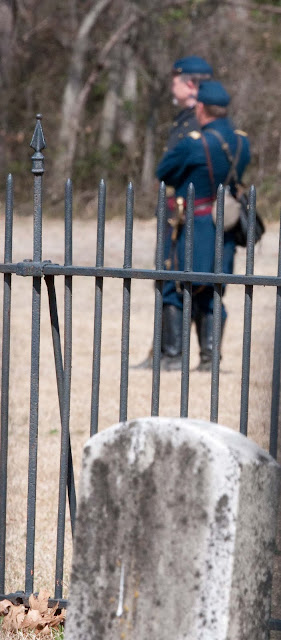
This cute little fuzzy guy will grow up to be an Eastern Tent Moth. He is a docile caterpillar who allowed me to pick him up and move him several times in order to get this photograph.
He is also responsible for an untold number of deaths.
In the spring of 2001 race horse breeders and their veterinarians began reporting that pregnant mares were losing their unborn foals at an alarming rate. In Kentucky alone approximately 2600 unborn foals were lost. The value of the lost foals was estimated to be from 350 to 500 million dollars.
After a lot of hard work researchers were able to establish that the pregnant mares had eaten Eastern Tent Moth Caterpillars. Those little fuzzy hairs? Under an electron microscope investigators saw barbs on them. Like a rose stem with thorns. When a mare ate a caterpillar the hairs penetrated the lining of her digestive tract and entered her bloodstream. The hairs had bacteria on them. As they traveled around in the blood some of them entered the unborn foal's body and caused a fatal bacterial infection followed by abortion.
My apologies to any naturalists that may view my blog. These caterpillars like cherry and apple trees. I took this little fellow from his tree and put him on a flower in order to get a more attractive photo.
While fetching him from his tree I noticed a very small movement directly to my right. When I looked more closely I recognized an old acquaintance shown in a previous blog. They were one half inch longWheel Bugs. Mama Wheel Bug knew what she was doing when she laid her eggs nearby because Wheel Bugs eat caterpillars. These young Wheel Bugs were only 1/2 inch long, including their antennae.
Eastern Tent Moth Caterpillars are interesting to read about. They make nests that are comfortable in a variety of temperatures and when they find food they create scent trails for their housemates to follow. If you would like to read more click on this link.
If you would like to see an electron micrograph of a barbed hair click here. And just to add a small "ick" factor, there are medical reports of people getting these in their eyes.


















